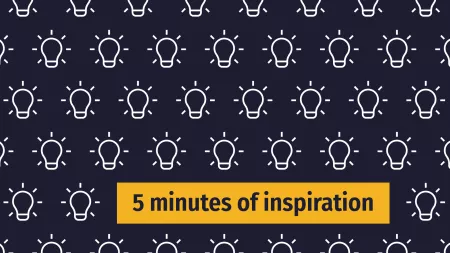It wasn’t more money, and it wasn’t better office space. What health workers in Bangladesh wanted most was the tools and training they needed to do their jobs better. Their major motivator was getting to more impact. That’s what happens when you start by asking a question, and tailoring your program around the answers.
As a sub to UNICEF, and with the generous support of USAID, CARE Bangladesh worked on the Integrated Agriculture and Health Based Intervention from 2013-2015. The project got its impact by working to get frontline health workers the support they needed.
What did we accomplish?
- Healthier babies: Exclusive breastfeeding, the gold standard for infant nutrition and health, went up by 65%.
- 8 times more meals: The number of children who got enough meals during the day went up 8 fold—to 84% at the end of the project.
- More micronutrients: the number of children who got their required Vitamin A supplements—which can save lives and improve children’s vision—nearly doubled. The number of women who got Iron-Folic Acid supplements—the best way to prevent anemia in mothers and children, and key life-savers during delivery—went up 40%. 70% of pregnant women were getting the required supplements at the end of the project.
- Stronger health systems: the number of health centers that screened children for malnutrition more than doubled, reaching more than 90% of children in the program.
How did we get there?
- Getting communities a seat at the table: The project supported more than 3,698 people to form health committees that could influence decisions at health centers and with local governments. A community mapping made sure that the poorest people were involved in planning activities at the health center level.
- Take a systems approach: The project looked at the whole health system to diagnose bottlenecks and challenges, rather than picking one favorite intervention to support.
- Drive with data: The team instituted rapid surveys to keep tabs on what was working and what wasn’t, and how to course correct as they went.
- Look at incentives for frontline staff: field staff said they wanted more supervision and more help to do their jobs effectively, so the project instituted 260 on-the-job training sessions with 634 staff.
- Think holistically: The project supported multi-sectoral platforms with government staff so that they could look beyond just health silos to have more effective impacts on communities.
- Use technology: The project projected video education sessions for more than 6,000 people to get them more engaged with the material.
